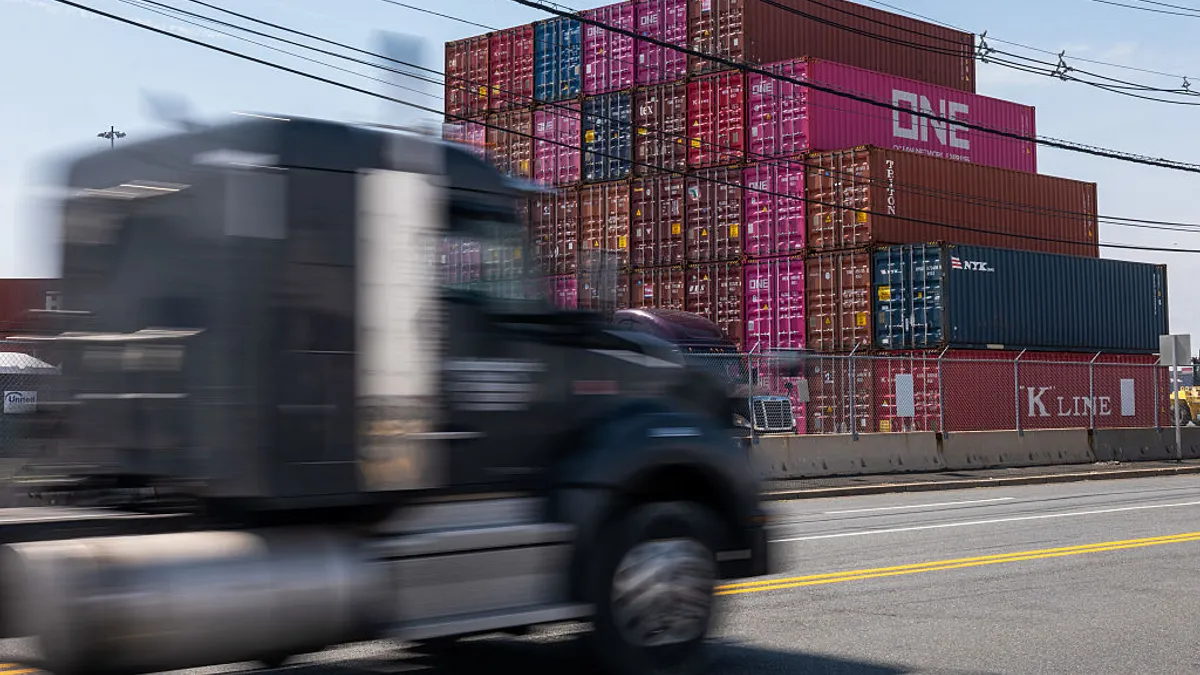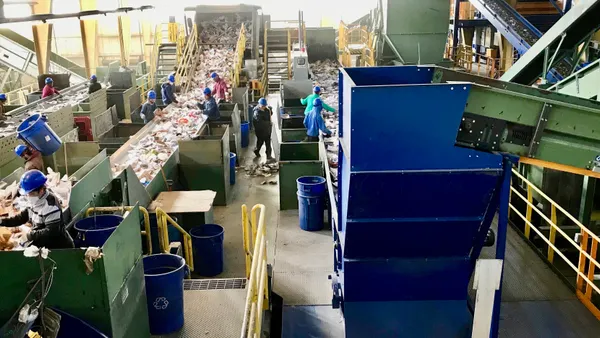The burden of ongoing supply chain disruptions has procurement teams devoting more time and resources to securing critical raw materials and ingredients than typically expected. The same attention should also be directed towards securing their packaging needs. Tariffs, material shortages and changing labor markets can all impact packaging supply chains and consequently, a brand’s ability to deliver products to its customers. It is more important than ever to reevaluate your packaging suppliers to ensure you are shielded from these disruptions.
1. Ensure your key suppliers are producing in the U.S.
For American brands, having packaging suppliers that manufacture in the U.S. is a good first step. It significantly reduces the risk of being directly impacted by cross-border risks, such as tariffs. However, it is important to go one level deeper and understand where your packaging provider’s key suppliers are based.
You might discover that while your packaging supplier is a U.S.-based entity, they may procure resins, additives, or other raw materials from overseas, leaving you vulnerable to disruptions. Conversely, it is also important to verify the relevant tariffs and countries of origin before accepting packaging cost increases, since not all raw materials sourced from overseas are impacted. A good understanding of the Tier-2 suppliers within your packaging supply chain can mitigate many risks.
2. Develop a product-specific business continuity plan.
Having redundancy in your supply chain is basic risk management. If a simple, “off-the-shelf”, package is suddenly unavailable, you may be able to easily replace it from another supplier. However, additional safeguards must be in place for more complex packages, such as those with modified atmospheres or those processed on highly automated lines. A product-specific business continuity plan with your packaging suppliers should, at a minimum, address:
- Duplicate tools – Having a backup set of tools stored at a different plant location.
- Redundant raw materials – Having multiple raw materials from different suppliers qualified.
- Regulatory reviews – Proactively substitute any raw materials of concern.
Some brands prefer to address business continuity by qualifying multiple suppliers for the same part. While this is a valid approach, you must then verify suppliers have the open capacity and service levels to support the required volumes in case another supplier goes down. You must also confirm that different suppliers are not sourcing the same raw materials from the same Tier-2 suppliers, as that leaves your brand vulnerable to disruptions.
3. Be prepared for quick changes.
In case of an emergency, you need to have a proven packaging supplier in your network you can depend on to move quickly. You may need to eliminate a material of concern, pivot away from an existing supplier, or launch a new product within a few months. Vertically integrated suppliers, such as Plastic Ingenuity, can take a packaging project from design to commercial production in as little as four months. Since we design, prototype, extrude, build tools and thermoform in-house, you are never waiting for a third-party to get your products to market. Outsourcing any of these elements can lead to significant delays and potential missed opportunities.
4. Have trusted subject matter experts on speed dial.
Know who to call to stay on top of changing regulations. Start a dialogue with trusted contacts to help you understand what might happen and how it could impact your brand. Some changes may be more easily implemented while others may be more difficult and you don’t want to be blindsided. Confirm suppliers are equipped to support your brand through the required changes.
A sustainability expert is good to have on hand, especially with more brands committing to using recycled materials in their packaging. It might seem simple enough to transition from 25% to 50% PCR in a matter of months while continuing to source from the current supplier. However, that assumption could be problematic if a packaging supplier does not have the right agreements or capacity to supply at that level. Additionally, PCR is already in limited supply. Suppliers may need to take additional steps to incorporate more rPET or rPP into their products without impacting cost. Brands need a clear view of the situation to make a realistic plan of action.
Tariffs may be top of mind, but there are many ways to disrupt the supply chain. Finding your path to resilience is ultimately about an open line of communication with your suppliers. Ensure they have the capabilities to respond to a problem if and when, it does arise.










